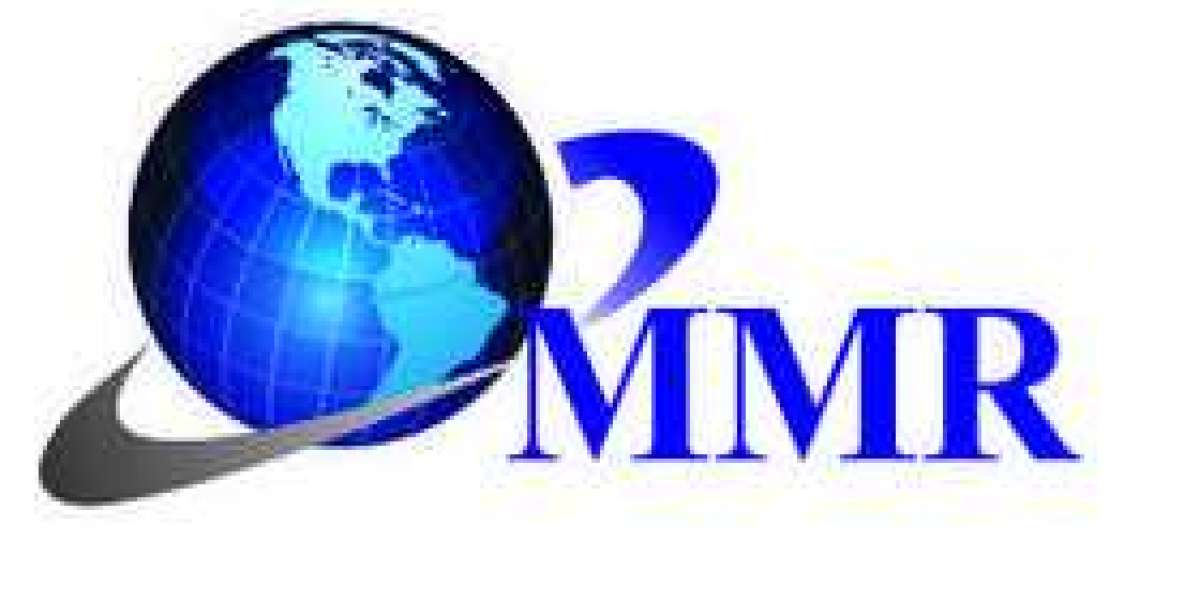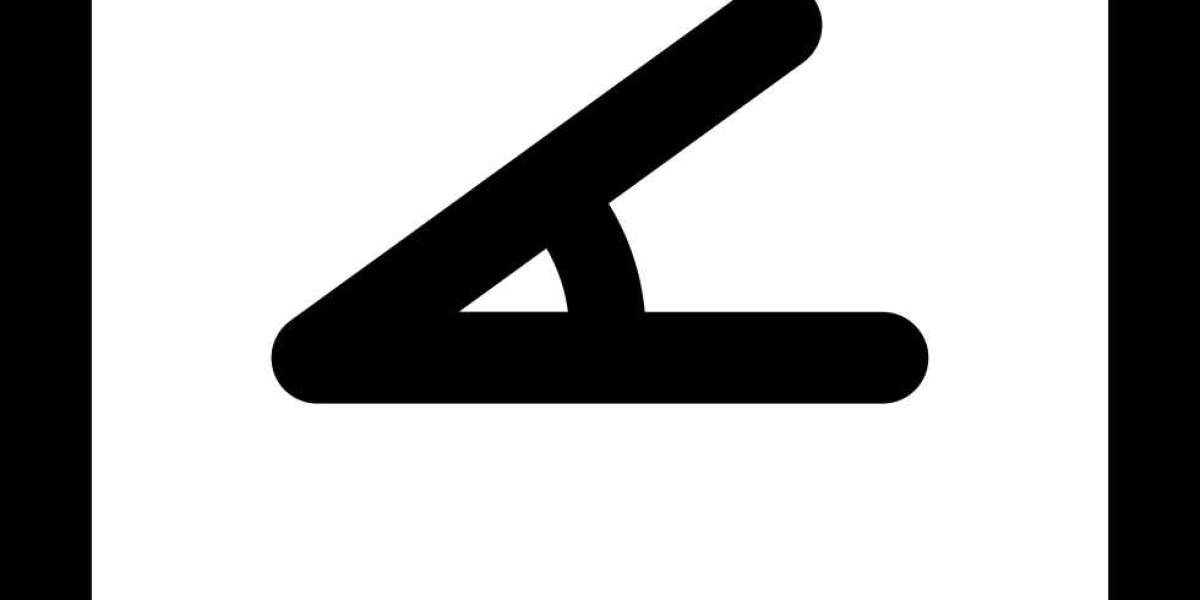Steel rebar, also known as reinforcing steel bar, plays a vital role in the construction industry, providing strength and durability to concrete structures. With rapid urbanization, infrastructural development, and increasing construction activities across the globe, the steel rebar market is experiencing significant growth. Steel Rebar Market is approximated to be USD 224.5 billion in 2022, and it is projected to reach USD 317.4 billion by 2030, at a CAGR of 4.4%.
Browse 275 market data Tables and 56 Figures spread through 266 Pages and in-depth TOC on "Steel Rebar Market by Type (Deformed and Mild), Coating Type (Plain Carbon Steel Rebar, Galvanized Steel Rebar, Epoxy-Coated Steel Rebar), Process Type, Bar Size, End-use (Infrastructure, Housing, and Industrial) and Region - Global Forecast to 2030"
Download PDF Brochure: https://www.marketsandmarkets.com/pdfdownloadNew.asp?id=176200687
This market research article highlights the factors driving the market's expansion, the latest trends, and the key players in this dynamic industry.
Growing Construction Sector: Increasing investments in residential, commercial, and infrastructure projects are driving the demand for steel rebar as it provides strength and durability to concrete structures.
Urbanization and Industrialization: Rapid urbanization and industrialization, particularly in emerging economies, are propelling the steel rebar market as construction of housing, transportation networks, and manufacturing units escalates.
Technological Advancements: Innovations in steel rebar, such as high-strength and epoxy-coated variants, cater to specific construction needs, leading to more efficient and sustainable practices.
Government Initiatives and Infrastructure Investments: Governments worldwide are investing heavily in infrastructure projects, creating a substantial demand for steel rebar in the construction of bridges, highways, tunnels, and airports.
Environmental Considerations: Steel rebar manufacturers are adopting eco-friendly practices, including using recycled steel and reducing carbon emissions, aligning with the growing demand for sustainable construction materials.
The demand for steel rebar is mainly furnished by three major sectors that are infrastructure, housing, and industrial. Some of the leading companies involved in the manufacturing of steel rebar are Nippon Steel Corporation (Japan), ArcelorMittal (Luxembourg), Gerdau SA (Brazil), Nucor Corporation (US), Commercial Metals Company (US), Tata Steel Ltd (India), Steel Authority of India Limited (India), Mechel PAO (Russia), Steel Dynamics, Inc (US), and NLMK Group (Russia)
Inquiry Before Buying: https://www.marketsandmarkets.com/Enquiry_Before_BuyingNew.asp?id=176200687
ArcelorMittal (Luxembourg), produces blooms, rebar, billets, wire rods, sections, sheet piles, rails, and drawn wires, along with seamless and welded tubular products. ArcelorMittal offers a wide range of standard and special rebar for use in reinforced concrete structures in all possible fields of application. The company has steel manufacturing plants in 16 countries and serves its customers in 155 countries across the globe in different end-use industries such as automotive, construction, appliances, energy, transport, and machinery. ArcelorMittal is the largest steel manufacturer in North America, South America, and Europe.
Gerdau SA (Brazil), operates through Brazil Operation, North America Operation, South Africa Operation, and Special Steels Operation. The company engages in the production and commercialization of steel products. The Brazil Operation segment includes rebar, bars, shapes, drawn products, billets, blooms, slabs, wire rods, structural shapes, and iron ore. The North America Operation segment consists of rebar, bars, wire rods, and light and heavy structural shapes. The South Africa Operation segment covers rebar, bars, and drawn products. The Special Steels Operation segment comprises stainless steel, round, square, flat bars, and wire rods.
By coating type, plain carbon steel rebar accounted for the largest share in 2021
Plain carbon steel rebar is preferable due to its low cost and durability. It is the most common type of rebar used on every size and type of project. As the name says, it is made of carbon steel and is also known as a black bar due to its carbon color. The main disadvantage is that they don't have a corrosion resistance layer, which increases the risk of being exposed to moisture and getting corroded.
Get 10% Free Customization on this Report: https://www.marketsandmarkets.com/requestCustomizationNew.asp?id=176200687
By bar size, #4 steel rebar accounted for the largest share in 2021
#4 rebar is thicker than #3 rebar and is best suited for adding strength to medium construction projects like highways and columns and slabs. #4 rebar is made of strong carbon steel composite and used in the residential and light commercial construction industries. #4 reinforcement steel, in particular, is used to pave roads and highways; it can also be used to construct swimming pool frames.
Asia Pacific accounted for the largest share of the Steel Rebar Market in 2021
Low-cost labor and cheap availability of lands in Asia Pacific region attract foreign investments further helping industrial sectors grow rapidly. Rapid economic growth, increasing urbanization, increasing investments by the government to setup new industries and high growth in the infrastructure sector will lead to the increase in construction activities, which helps to increase the demand for steel rebar. China was the region's largest market for steel rebar in 2021, followed by Japan, India, and South Korea. Asia Pacific region is projected to witness a steady increase in consumption between 2022 and 2030.







